
Two of the greatest patriots that the Telugus produced were scions of the Musunuri family: Prola and Krishna Nayak. While there is a popular but utterly inaccurate view that there were no popular revolutions in Medieval India, the Musunuri Nayaks prove just how false this notion is. These great Andhra Personalities motivated not only a generation of Dharmic heroes and inspired the founders of Vijayanagara, but remain beloved and towering figures for Telugus and indeed many other Bharatiyas to this day.
[Those of you following us following us on Twitter would have seen our recent tweets on the Musunuri Nayaks.This post will not only expand upon them,but also explore new areas .]
Background
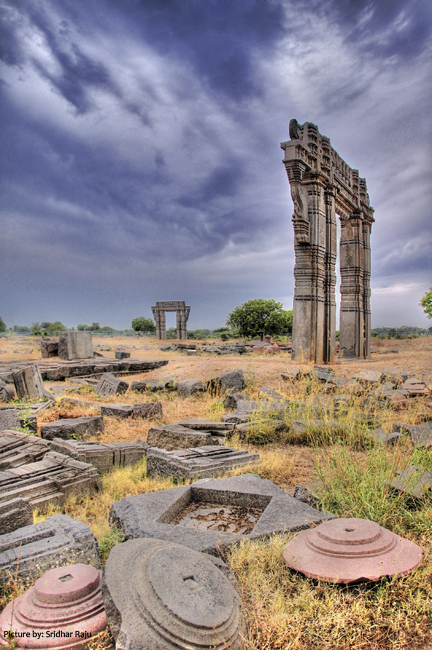
The fall of Warangal in 1323 had disastrous consequences for Andhra.The overthrow of Prataparudra left the Andhras not only Kingless, but leaderless. While the old Nayankara System of the Kingdom continued to exist, many of the Royals’ most loyal lieutenants died in the fifth and last of the terrible Warangal-Delhi Wars. The old pillars of the Kakatiya empire fell one by one; first Kondaveedu, then Nidadavolu (Niravadyapuri), and finally Nellore (Vikrama-Simhapuri). Tyrannical Turkic rule led to anarchy throughout the land of the Telugus. The oppression was unbearable for peasant and aristocrat alike. The Armies of Ulugh Khan took a year to establish themselves throughout the Andhra desa and committed terrible atrocities.
“The plight of Andhradesa under the [Turk] rule is graphically described in the contemporary Vilasa copperplate grant of Musunuri Prolaya Nayaka, The record says “
In a hundred sinful ways, the rich were tortured for the sake of money…Brahmins were disallowed to perform their religious rites and rituals. Temples were destroyed and idols were desecrated and broken.
Forcibly deprived of the fruits of their cultivation, the husbandmen [farmers], both the rich and poor, got ruined. In that great calamity, people could not regard their money, wives and other earthly belongingsas their own…When such is the case, how could the world of living beings exist? Situated as the country was without the possibility of a saviour being conceived even in imagination, the land of Telinga, tormented in this way by those Yavana warriors who were exactly like Rakshasas, was in flames like a forest surrounded by wild fire
Aghast and infuriated, the 77 Telugu Nayaks threw off the yoke of the Tughluqs within three years of the disaster at Warangal, and a savior for the era was indeed conceived. Nothing short of a liberation movement was launched under the patriotic Prola Nayak of the Musunuri family.
Musunuru is a village in Nuzvid taluk, Krishna District. The Nayankara system of the Kakatiyas raised non-kshatriya commoners to 77 Nayak’hoods (lords and landed gentry). The Musunuris were one of those clans.
Selected by surviving Kakatiya advisors and generals such as Ariyeti Anna Mantri and Kolanu Rudradeva, Prola Nayak was anointed the leader of the revolution. Unlike the politicians of today, Anna Mantri and Rudra were less concerned about personal ambitions and more concerned about duty to safeguard praja and desa.
Under the leadership of Prola, the Nayaks fought in honor of their fallen liege-lord Prataparudra and launched a war of independence. Many of the survivors of the catastrophe at the Kakatiya capital served as his lieutenants and read as a legendary list of heroes for the age: Somadeva Araveeti, Ganapati Nayaka, the Koppula clan. Above all, however, were the famous Prolaya Vema Reddi and the later infamous Recherla Singama Nayak (whose rivalry would come to dictate the fates of the Musunuris and Andhra itself).
Nevertheless, this grassroots movement was supported by prince and peasant alike (many of whom swelled the ranks of common soldiers). Central Asian armies in the medieval period were not known to observe the code of Chivalry. In open battle, they would feign retreat and then suddenly fall upon armies pursuing in disorder. They preferred lightning raids and firing arrows on horseback rather than close-quarters, individual combat. For all the talk of bravery and lions, it was the fighting method of jackals. Rather than playing into their hands and getting picked off one-by-one, Prola adapted tactics to suit the situation.
Recognizing the Turkic advantage in cavalry and the slippery nature of their style, Prola focused on guerrilla attacks from the great refuge of Rekapalli (in the inaccessible forests of Bhadrachalam). As the Turks broke all laws of civilized warfare, the Telugus used irregular warfare, and even rudimentary biological warfare, by targeting water sources, to drive out the foreign invader. Retribution was swift and terrible, and the Turks again tasted defeat.
After liberating not only the city of Rajamahendri (modern Rajahmundry), but also the entire tract of Coastal Andhra between the Krishna and Godavari rivers, the great hero of the hour retired to the forest fastness of Rekapalli due to advanced age. Prola had been guided by his uncles Deva, Kama, and Raja, and assisted by his cousin Krishna (Kapaya/Kapaneedu). The latter “had his training in statesmanship, warfare and administration under the former. Kapaya had now before him the task of liberating the Andhra country lying to the west of the Eastern Ghats (Telan-gana).” He succeeded the childless Prola and carried on the war against the Turks.
After driving out the Sultan from the South, Kapaneedu enhanced his army and went on a diplomatic offensive, building allies throughout the Dakshinapatha. It was Krishna Nayak who liberated Warangal in the year 1336 (13 years after it had fallen). “All the land had risen against the [foreign] governor”. With surprising speed, his lieutenant Araveeti Somadeva freed the Krishna-Tungabhadra region. While the Tughluqs led an army to quell the revolt at Warangal, this campaign failed, and all of Andhra was liberated.
Achievements

Ably assisted by the 76 other Nayaks who swore allegiance to Dharma and to Telugu Thalli, the Musunuri Nayaks were able to unite under a common banner, defeating and driving away the rampaging Tughluqs. These feudal commanders manage to collaborate and cooperate in a way never before thought possible. Prola’s achievements were legendary. According to the Vilasa grant record:
he [Prola] destroyed the Yavana power by irresistable strength of arms and revived the rule of the Dharma.
It goes on to say that he restored land grants made by the former rulers to worthy brahmins but unrighteously taken away by the alien invaders. Farmers gladly gave a share (1/6th) of the produce to him as part of the traditional Royal Tax.
Sources for Krishna Nayak’s accomplishments include the Polavaram, Pillalamarri and Ganapesvaram inscriptions, the Reddi Queen Anitalli’s Kaluvacheru grant, and the literary accounts of Velugotivari Vamsavali, Ferishta, and Barani.
With the allied forces, he drove away Malik Maqbul and occupied Warangal in 1336 A.D. The loyal Koppula chieftains were at Pithapuram. To guard against the future …invasions, Kapaya repaired and fortified old forts and occupied strategic positions in Telangana.
His success so stirred the neighboring vassals of Delhi that the entire South was set aflame as though a line of gunpowder had been sparked off by the lords of Rekapalli. The Hoysalas, the brothers Harihara and Bukka, and even the Turkic subordinate of Ma’bar (whose reign of terror and eventual defeat would be recounted by the Vijayanagara Princess Ganga Devi in her Sanskrit work, Madura Vijayam) declared independence. This was further compounded by Krishna Nayak’s flurry of diplomatic activity across the Dakshinapatha and marital alliances within.
The great Telugu Confederation that Prola forged and Krishna Nayak wielded would at its peak span virtually all of undivided Andhra. A veritable king in all but name, Krishna Nayak took the title Andhradesadeeswara (protector of the Andhra desa) from the capital of Warangal, and ruled over a confederacy of 76 other Nayaks as a first among equals. Some even called him Andhra Suratrana. He would give peace, security, and freedom from oppression to the land of the Telingas (Prakrit for Telugu) for over a generation. From this height produced by Prola’s strategy, the beloved “Kapaneedu” of the Telugus would soon show us the meaning of sacrifice.
Legacy
For almost half a century, the Musunuri Nayaks served as a bulwark against Turkic rulers. While the flower of Warangal chivalry died with the downfall of Prataparudra, many such as Ariyeti Anna Mantri; Kolanu Rudradeva, and Prolaya Vema Reddi of Addanki lived to fight another day, and the city of the Kakatiyas would be liberated in decade.
The capital of the Andhras then became a launching point that took Krishna Nayak’s rule as far as Kaulas fort and Bidar (in Karnataka). However, the rise of the formidable Bahmani Turks resulted in the loss of Kaulas in 1350. Ironically, in his zeal to drive away the sultans, Kapaneedu is, according to some accounts, said to have given aid to this faction of Daulatabad Turks rebelling against Delhi. If this was indeed true, these rebel foreigners would prove not only ungrateful but ultimately fatal. Kapaya attempted to retake Kaulas in 1356 with reinforcements of 20,000 cavalry from his Vijayangara ally as well as from Veera Ballala of Dorasamudra; however, he was unable to do so and was forced to come to terms with the Bahmanis, losing Bhuvanagiri (Bhongir) in the process. Various factors drove this result, the worst of which was the first covert then overt treachery of the politicking Recherlas, who had become friendly with the Shahs of Kulbarga (Kalaburgi).
These Rachakonda Rajas formed an alliance with the foreign Bahmanis that not only stymied attempts to take back Telugu land, but handed it on a platter to the Turks. The great fort-town of Golkonda was eventually ceded, as a devastated Krishna Nayak was dealt a terrible blow. His beloved son, the gallant Vinayaka Deva, was cruelly burnt alive by Muhd. Shah I, in a 1362 attack on the Telangana region. While the infuriated citizens would drive out the injured Sultan, relentlessly attacking and reducing his army to a mere 1500 by the time he returned to Kulbarga, the heartbroken Kapaneedu no longer had the strength to fight. An ignominious treaty was imposed by 1365, following which the other Nayaks began asserting their independence, including the loyal Koppula chiefs of Pithapuram.
Kapaya himself became balidani (martyr) when he died in battle with the treacherous Recherlas of Rachakonda. They attacked him at the Battle of Bhimavaram (1368), and took possession of Warangal. They would then, in time tested manner, lose this to the Bahmanis—who outplayed them and the other Nayaks, at this game of chess. The Recherlas themselves became extinct by the end of the fifteenth century, having been disposed of by the Turks who had no more use for these useful idiots. They had so disgusted the populace, that the poet Pothana famously refused to dedicate his work, Telugu Bhagavatam, to the Devarakonda line of Recherlas under a later Singama (Sarvajna).
Nevertheless, while the treachery of the Rachakonda Rajas serves as a cautionary tale to Telugus (even to this day…) as well as other Bharatiyas, the lives of Prolaneedu and Kapaneedu were not in vain. For almost half a century, they taught us the meaning of patriotism, service to the people, and defense of Dharma. If Prola Nayak represented strategy, then Krishna Nayak represented sacrifice, both of which are important components for unity and victory.
They proved time and again that no matter how powerful the enemy, united Andhra truly was and is a hornet’s nest. Indeed, they serve as a mighty example to the present generation of the value, possibilities, and importance of Telugu and Indic unity.
References:
- Rao, P.R. History and Culture of Andhra Pradesh. New Delhi. Sterling Publishers. 1994
- Prasad, Durga. History of the Andhras. P.G.Publishers: Guntur. 1988
- Sewell, Robert. Vijayanagar: A Forgotten Empire. 1900
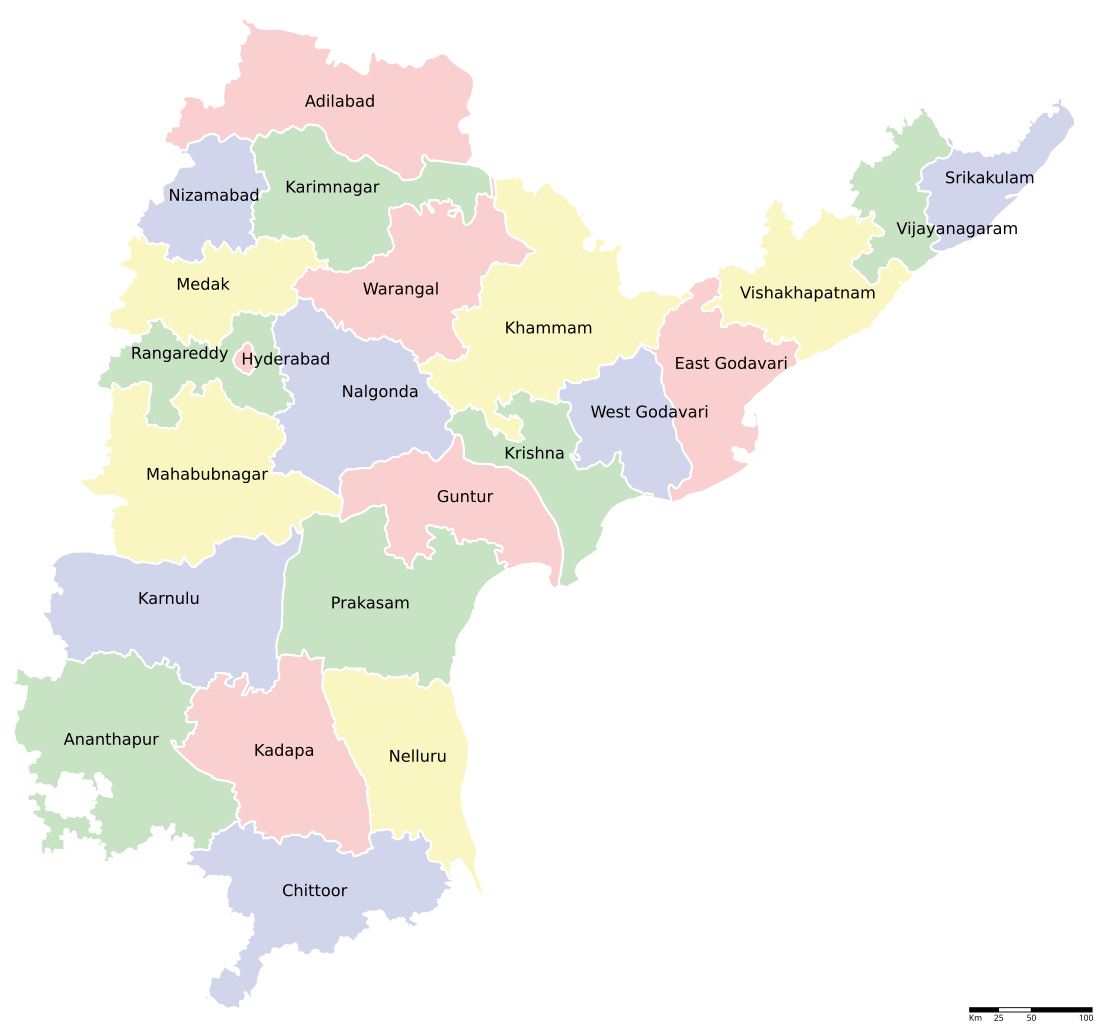

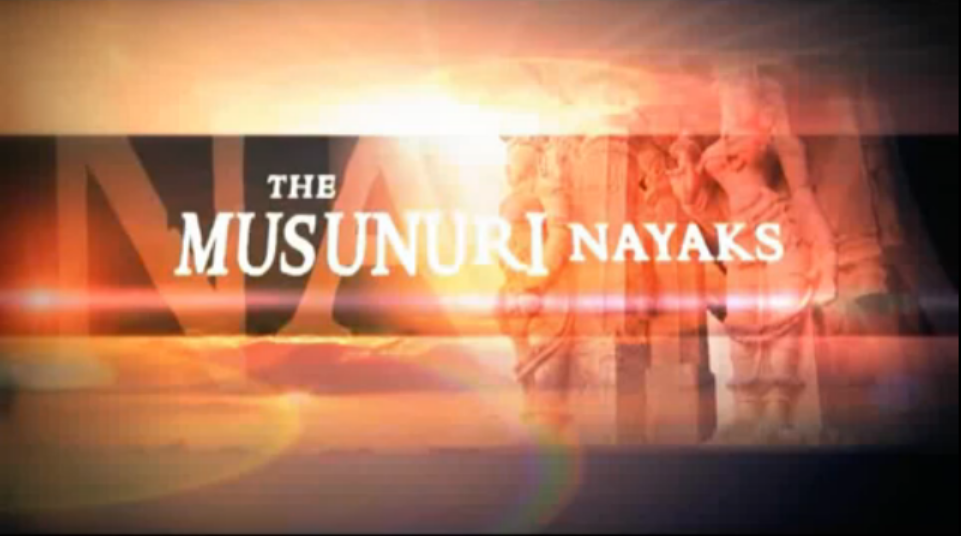

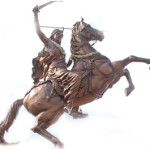
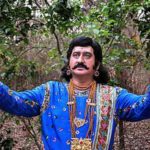
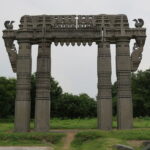



Brother nice but After Kakatiya Kamma empire their own Kamma musunuri family came to rule, musunuri Kamma nayaka kingdom ruled entire Kakatiya region, recharla singama nayaka and vemareddy were Samantha’s of musunuri Kamma nayakas, but in TG KCR and with others our history is spoiling, recharla clan there is only one ruler he is singama nayaka , Do you know how musunuri kapaya died, cunning recharla singama with tie up with Delhi sultan and diverted vemareddy, because they are Samantha’s of musunuri’s finally the war happens at bheemavaram, kaapaneedu fought for the people killed hundreds of enemy’s in the war, singama delhisultans and others formed as ” chakravyuha ” and killed kaapaneedu, musunuri kaapaneedu was one of the warrior Kamma King in Indian history.